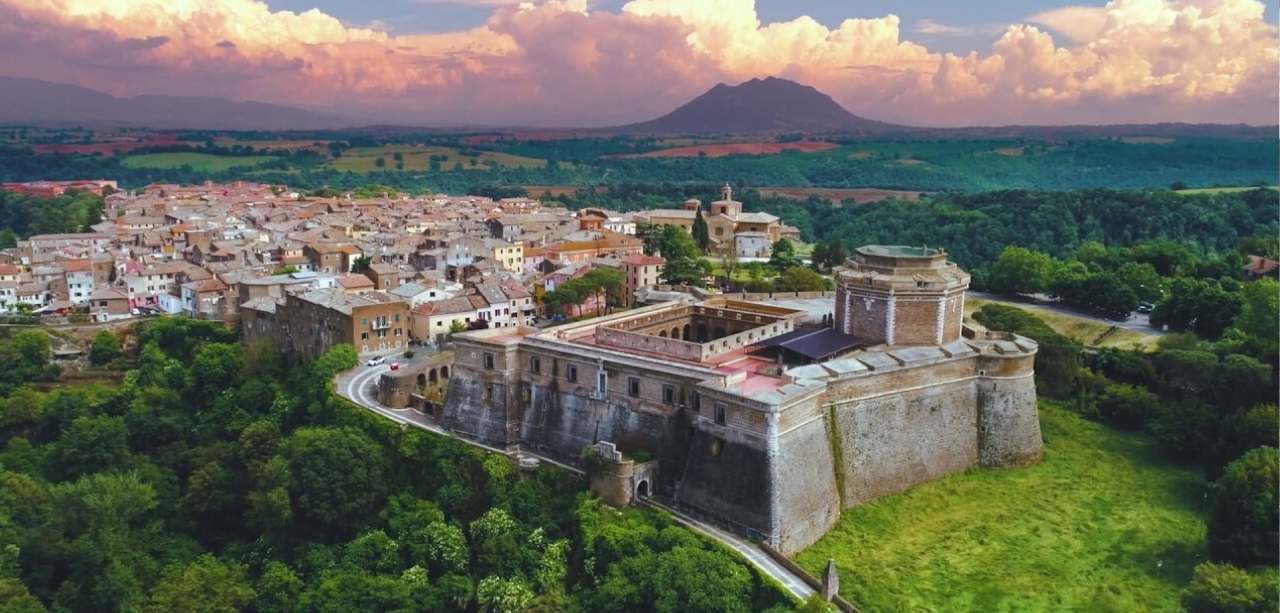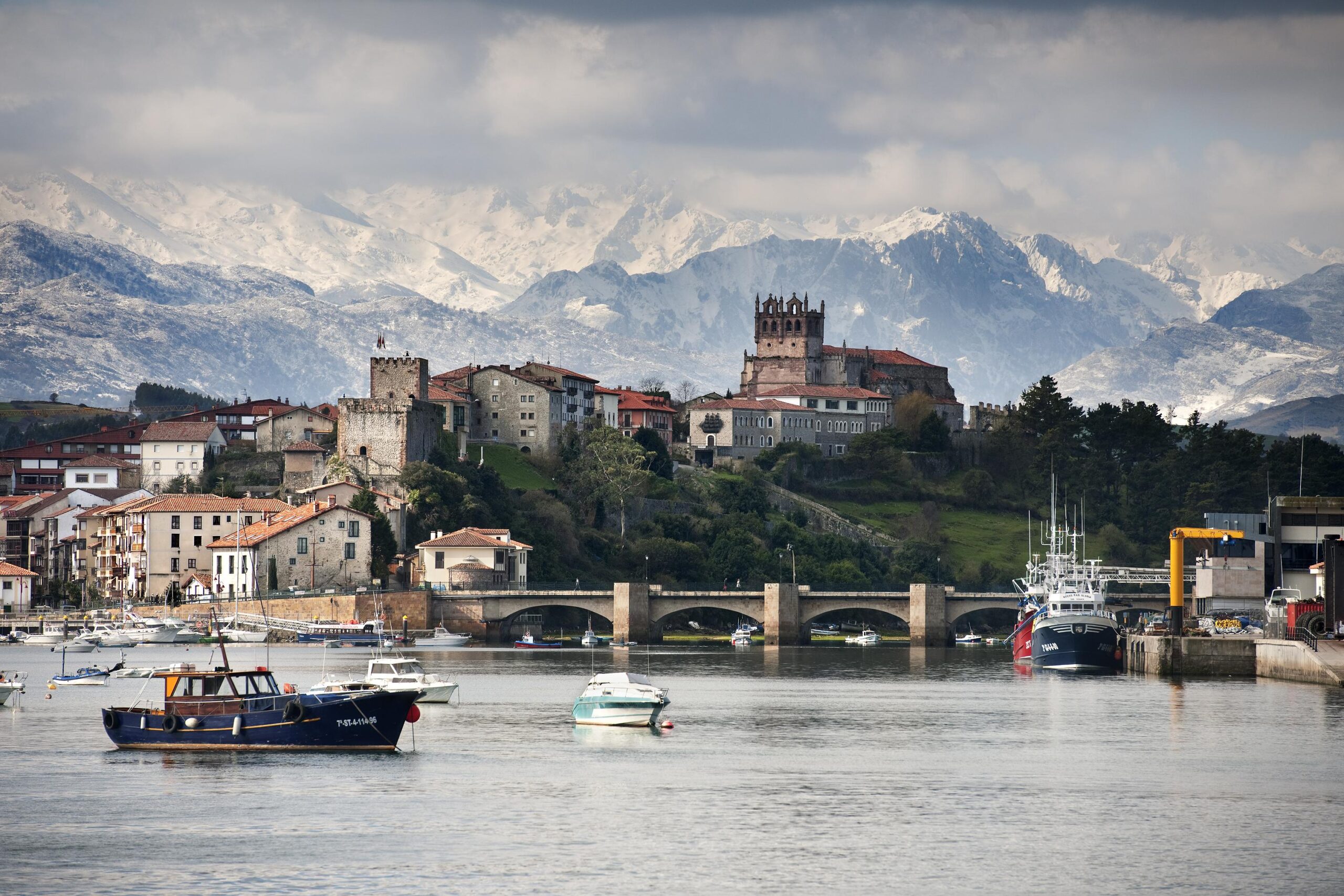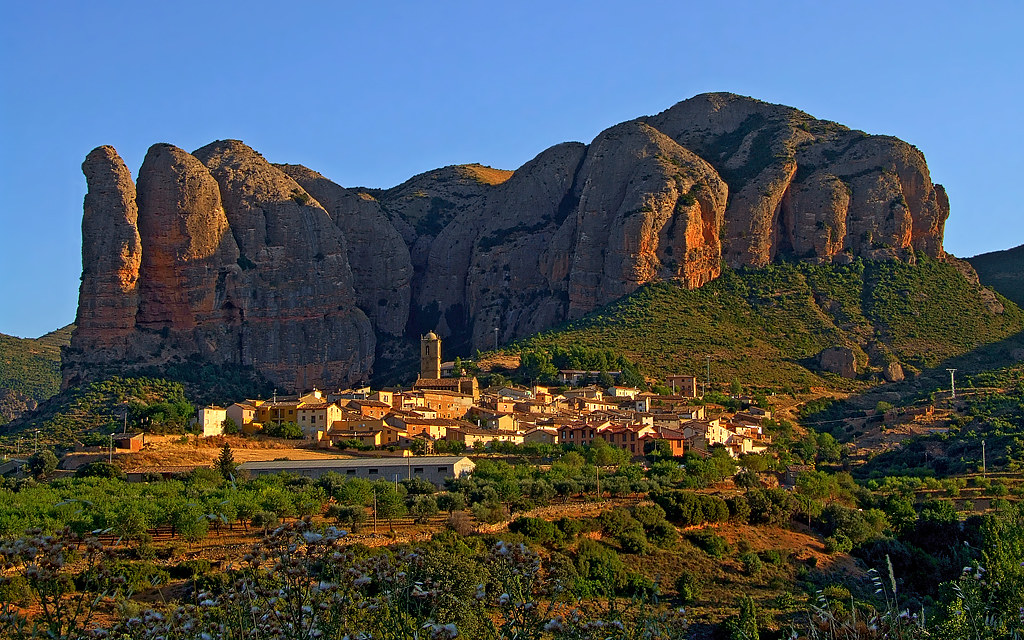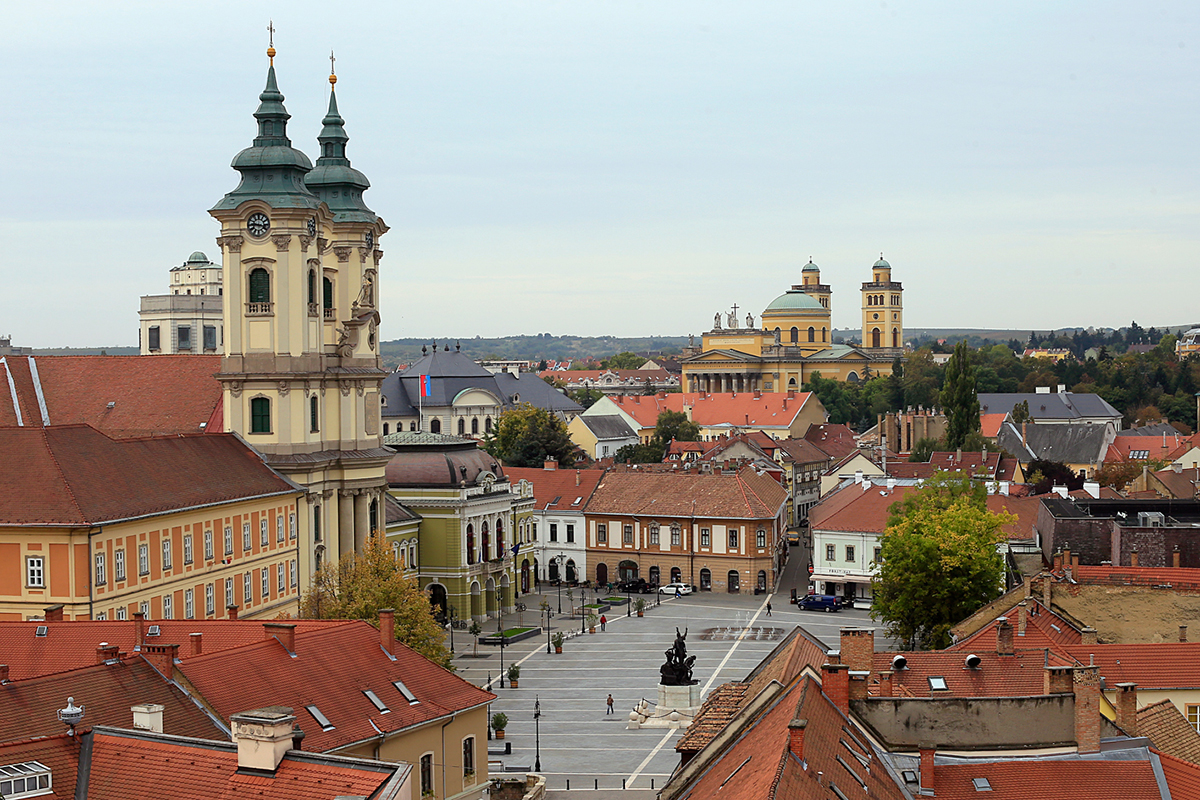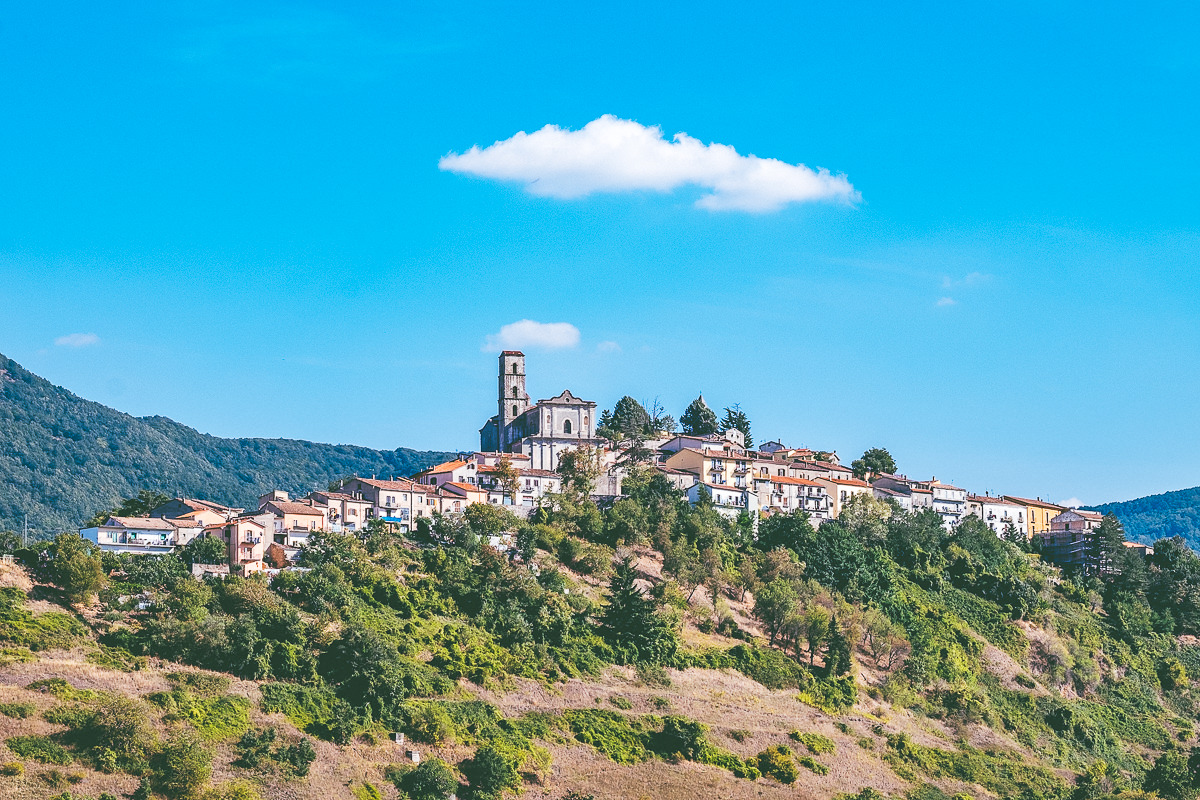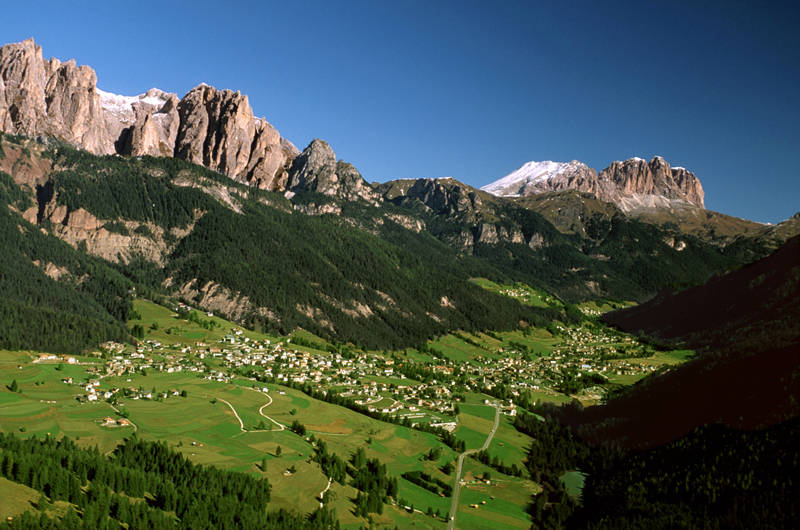Situated on high spurs of tuff and crossed by deep gorges, Civita Castellana offers panoramas of unique beauty. Like the landscape you can admire from the Clementino Bridge, which divides the old town from the new part of the town.
In ancient times its name was Falerii Veteres and it was the capital of the Faliscan civilization. The Falisci were annihilated by the fury of the Romans but left numerous settlements and vast necropolis where funeral objects of inestimable value have been found.
Many finds are partly kept in the Museum of Villa Giulia in Rome and partly, fortunately, in the National Museum of Agro Falisco in Civita Castellana.
During the Renaissance it was a papal residence, among the most important pontiffs: Alexander VI Borgia and Julius II della Rovere.
A visit to Civita Castellana must include not only the Rocca dei Borgia but also the famous "cosmatesco" cathedral and its marvellous medieval marble portico with infinite mosaic inserts.
The interior has been remodeled several times and is in Baroque style. Here, during a trip, Wolfgang Amadeus Mozart stopped and played the organ.
From Civita Castellana you can admire Mount Soratte, a magical mountain that stands isolated on the large plain in front of Civita Castellana, the ager faliscus. Civita Castellana is surrounded by archaeological sites and nature, a few kilometres from the Via Amerina and the ancient Faleri Novi. The town is known all over the world for its ceramic production.
